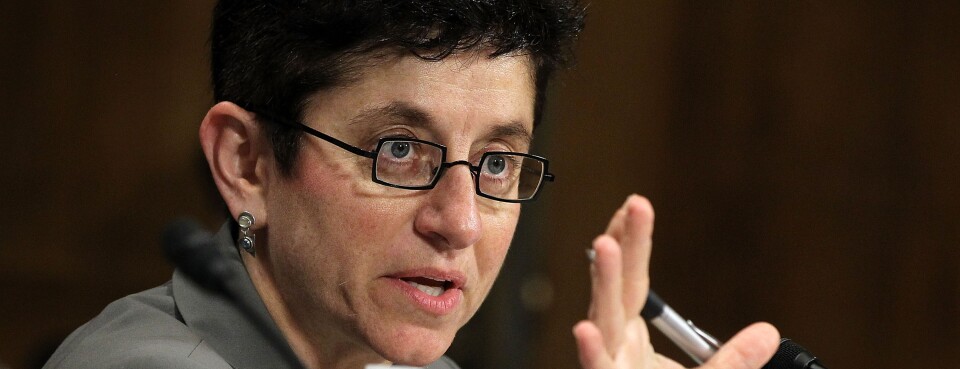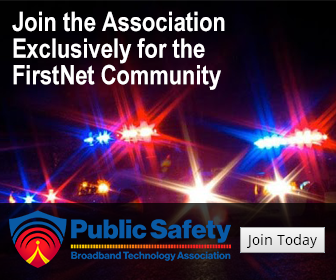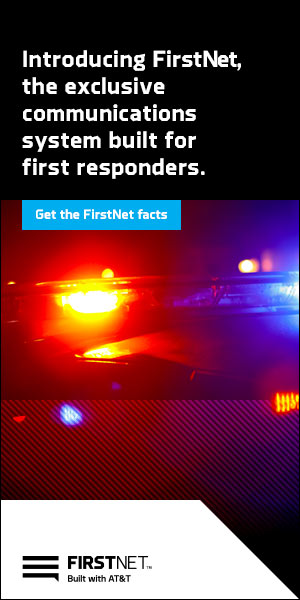by AllThingsECC.com | Jan 7, 2022 | Articles, Comm Center News
I trust you and yours had a great holiday season! As we move on to 2022, hopes are that Covid will finally be under control and we will watch our economy roar back to life. Now it is time for making New Year’s Resolutions with the best of intentions (but most of us won’t keep them very long).
I am hopeful we can start this year on a positive note for public-safety communications and that we will continue enhancing technologies, devices, and applications the public-safety community uses on FirstNet. Let’s all sign on to the resolutions outlined below and see how many we can keep through 2022…
by ECC Editor | Jan 6, 2022 | Articles, Comm Center News
With all of the distractions in 2021, many people aren’t aware of a new federal requirement that governs 911 calls and the phone systems that originate these calls. These new laws particularly impact the vast number of organizations that migrated to cloud telephone providers to support remote workers during COVID-19. In August 2019, the Federal Communications Commission (FCC) adopted rules to strengthen emergency calls. The newest requirement is the second part of RAY BAUM’S Act, which applies to multi-line telephone systems (MLTS). That means the laws apply to every business with two or more phone lines as part of their phone system… READ MORE

by AllThingsECC.com | Jan 5, 2022 | Articles, Comm Center News
President Joe Biden renominated Democrat Gigi Sohn to serve on the Federal Communications Commission, despite broad Republican opposition.
Sohn’s confirmation would secure a Democratic majority at the commission for the first time since Biden took office, allowing it to pursue policies such as restoring Obama-era net neutrality rules.
The Senate Commerce, Science, and Transportation Committee didn’t advance the nomination during the last congressional session…
by ECC Editor | Jan 4, 2022 | Articles, Comm Center News
For the past 50 years, 911 has remained relatively unchanged. The need to upgrade is evident as technology evolves and the demand for more reliable emergency response grows.
Although 911 is vital to every community, NG911 can help make it better. As the nationwide initiative to upgrade traditional 911 systems to NG9-1-1 continues, so does the opportunity to enhance public safety in the new year… READ MORE
by AllThingsECC.com | Jan 1, 2022 | Articles, Comm Center News
By Bruce Fitzgerald, Senior Public Safety Advisor, First Responder Network Authority
FirstNet helps with the four phases of emergency management – preparedness(link is external), response(link is external), recovery, and mitigation. I’d like to dive deeper into how FirstNet helps with the recovery phase.
Communicating during the recovery phase
Every year, disasters put millions of Americans in danger and cost billions of dollars in property damage. After the threat of harm from a disaster has passed, the recovery phase starts. Recovery can take months or years to get a community back on its feet. It’s critical to quickly start damage assessments and applications for financial assistance following a disaster.
READ FULL ARTICLE
by AllThingsECC.com | Dec 31, 2021 | Articles, Comm Center News
An appeals court rejected petitions for review from multiple organizations asking that the FCC’s rules allowing unlicensed use in the 6 GHz band be remanded back to the FCC for reconsideration.
In April 2020, the FCC adopted rules allowing for unlicensed use of the 6 GHz band, leading to backlash from public safety and critical infrastructure groups who argued that such use could lead to harmful interference to key critical communications systems.
In January 2021, multiple public-safety, industry and critical infrastructure groups filed petitions for review with the U.S. Appeals Court for the District of Columbia asking the court to remand the rules back to the FCC for reconsideration. The court later combined all of those petitions into one petition…


